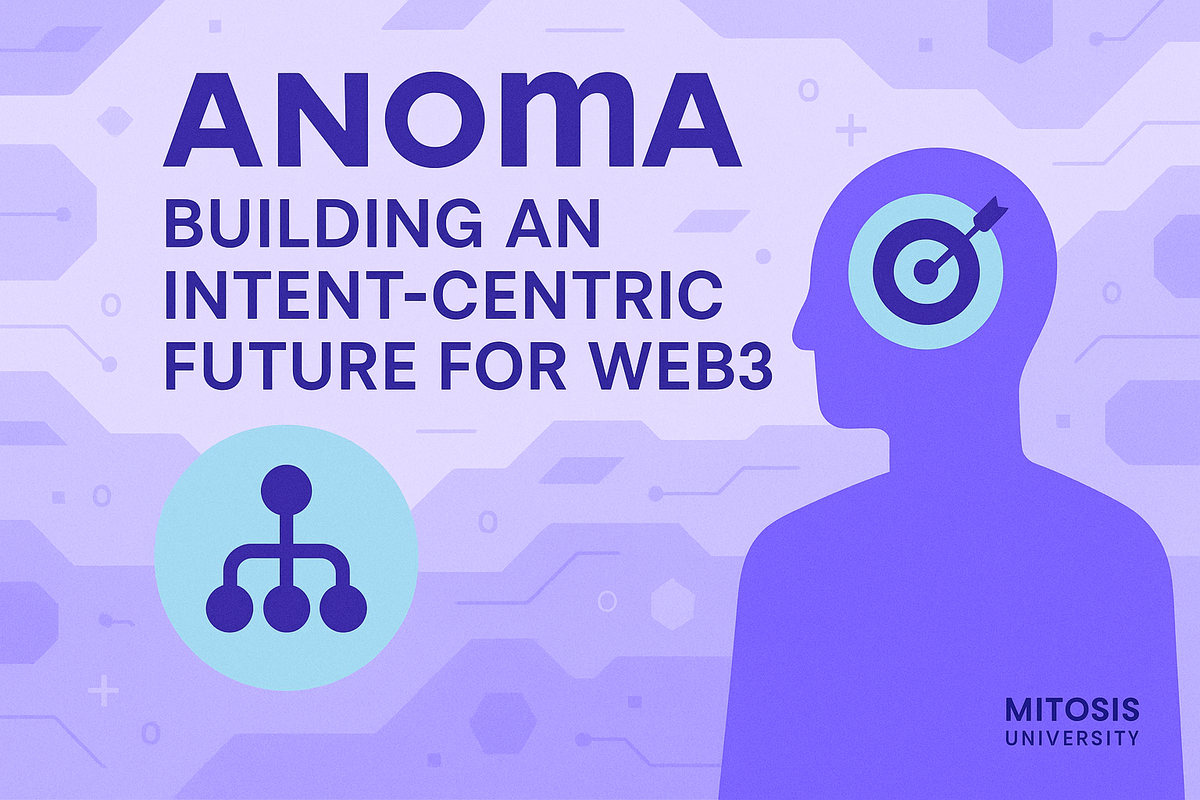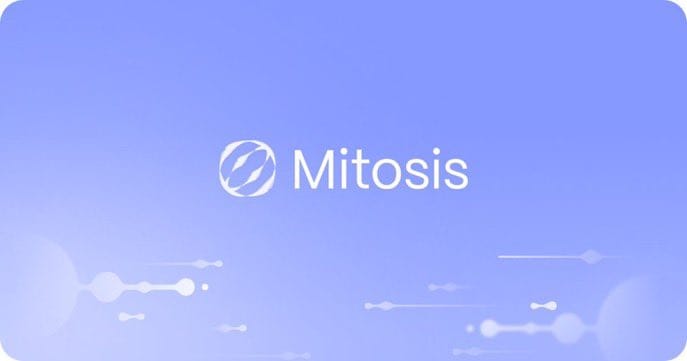Anoma: Building an Intent-Centric Future for Web3

Most blockchains today struggle with fragmentation, limited interoperability, and rigid transaction models. Users are often forced to work within predefined rules, leading to inefficiencies and complexity when building decentralized applications. Anoma challenges this status quo by introducing a novel, intent-centric architecture. Rather than prescribing step-by-step transaction instructions, users define what they want to achieve (intents), and the network finds ways to fulfill these preferences.
This shift, combined with a powerful resource-based execution engine, advanced peer-to-peer (P2P) networking, and cryptographic tools like zero-knowledge proofs (ZKPs) and distributed key generation (DKG), positions Anoma as a potential "operating system for Web3." In this article, we’ll explore how Anoma’s unique approach unlocks new possibilities for composability, privacy, and coordination across decentralized communities.
Intents: A Paradigm Shift in Blockchain Design
At the heart of Anoma lies its intent-centric model. Unlike traditional blockchains where transactions dictate exact steps, intents represent the desired end state of a user’s actions.
- Generalized Intents: Anoma supports any type of intent, from token swaps to complex multi-party trades. These intents are composable, allowing solvers to combine multiple user goals—such as trading an NFT while swapping tokens—into a single valid solution.
- Intent Lifecycle: Once users sign and broadcast their intents off-chain, solvers gather these partial transactions and find matching sets to create a balanced transaction. This solution is then settled on-chain, ensuring validity and finality.
- Solver Accountability: To prevent manipulation or collusion, Anoma employs "slow game" mechanisms, where users can track solver performance and shift to more trustworthy operators when needed.
This approach mirrors declarative programming—successful in Web2—and allows Web3 applications to become more adaptive, interoperable, and user-centric.
The Anoma Resource Machine and P2P Domains
Anoma’s execution layer, called the Anoma Resource Machine (ARM), introduces a resource model instead of traditional account or UTXO systems.
- Resources as State Units: A "resource" can represent anything—from a token to a digital asset—along with the logic governing its creation and consumption. Transactions are valid only when all resource constraints are satisfied.
- Composable State Changes: This allows developers to build complex decentralized applications (dApps) without requiring separate blockchains, unifying different application states under one protocol.
On the networking side, Anoma uses a virtual P2P overlay that’s divided into sovereign domains (PODS)—smaller sub-networks optimized for performance, security, and scalability. These domains allow fast gossiping of intents and better routing, while reputation models ensure reliability within and across networks.
Cryptographic Foundations and Privacy
Privacy and security are core design goals of Anoma.
- Zero-Knowledge Proofs (ZKPs): These proofs ensure that computations are valid without revealing sensitive details. Through recursive ZKPs, Anoma can efficiently verify multiple proofs, critical for scalability.
- Vamp-IR and Alucard: These in-house tools make it easier to build and optimize arithmetic circuits for ZK applications, giving developers flexibility without being tied to specific proving systems.
- Distributed Key Generation (DKG): By using threshold cryptography, Anoma ensures no single entity controls private keys. This is vital for front-running protection and secure transaction decryption.
Together, these cryptographic components form a foundation for confidential and trust-minimized applications, from decentralized exchanges (DEXs) to public goods funding.
Conclusion
Anoma is more than just another blockchain protocol—it’s an ambitious reimagining of how decentralized systems should operate. By prioritizing user intents over rigid transactions, embracing composable resources, and integrating advanced cryptography, Anoma offers a powerful alternative to today’s fragmented Web3 landscape.
Key Takeaways:
- Intent-Centric Design: Simplifies coordination by focusing on what users want, not how to achieve it.
- Composable Applications: Developers can create complex dApps that work across domains and security models.
- Privacy & Security by Default: Through ZKPs and DKG, Anoma ensures data integrity without compromising confidentiality.
Looking Forward: Could Anoma’s "Web3 OS" vision become the standard for decentralized coordination? As it develops solutions for collaborative finance, public goods funding, and cross-chain interoperability, it might reshape how we think about trust, money, and digital sovereignty.


Comments ()